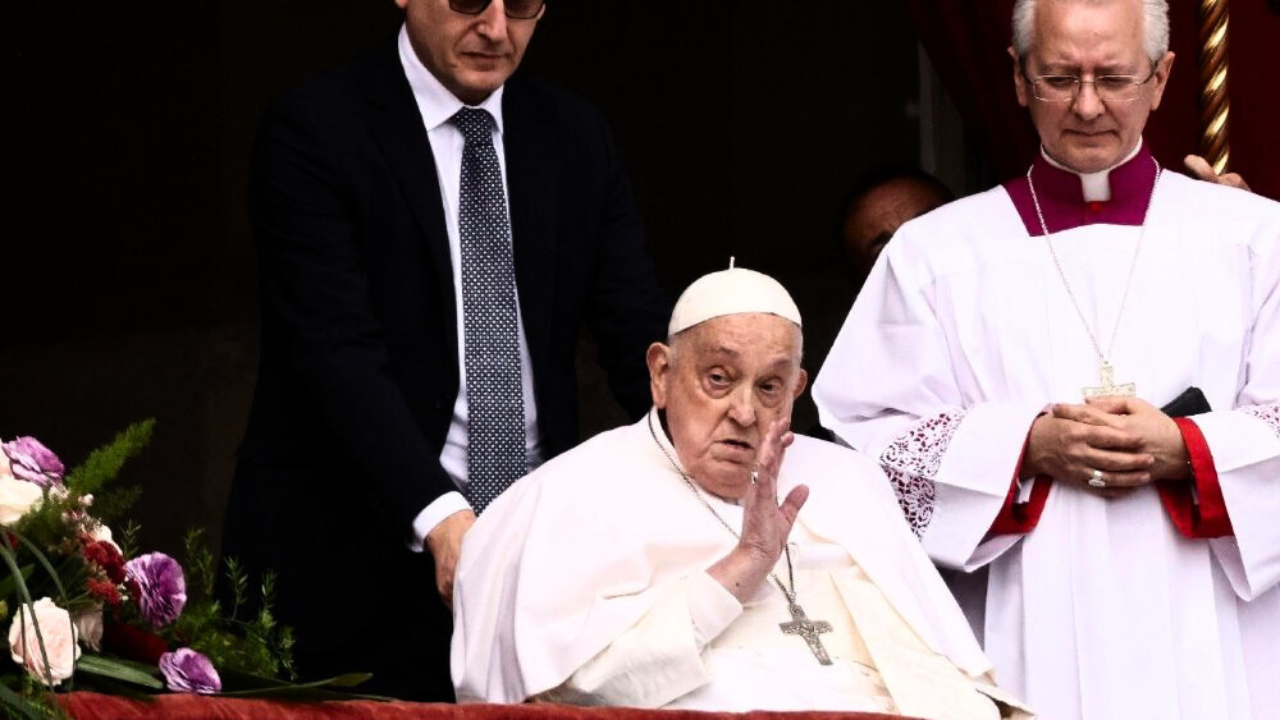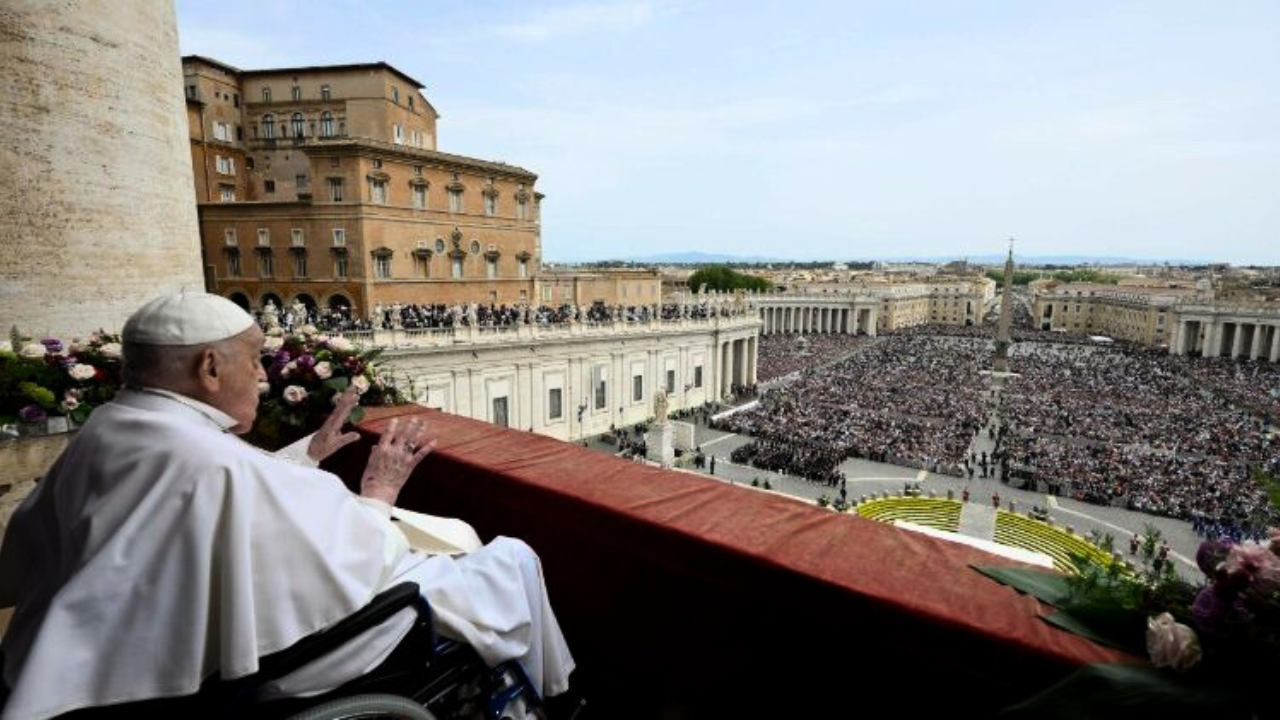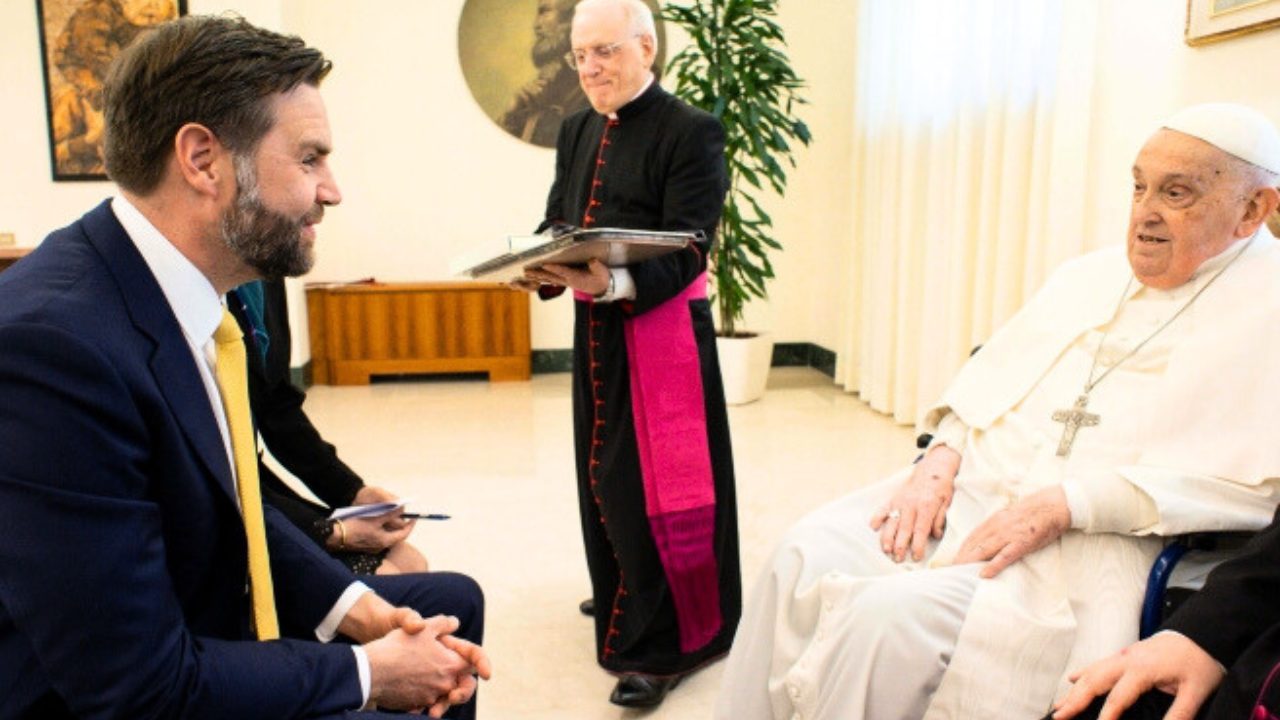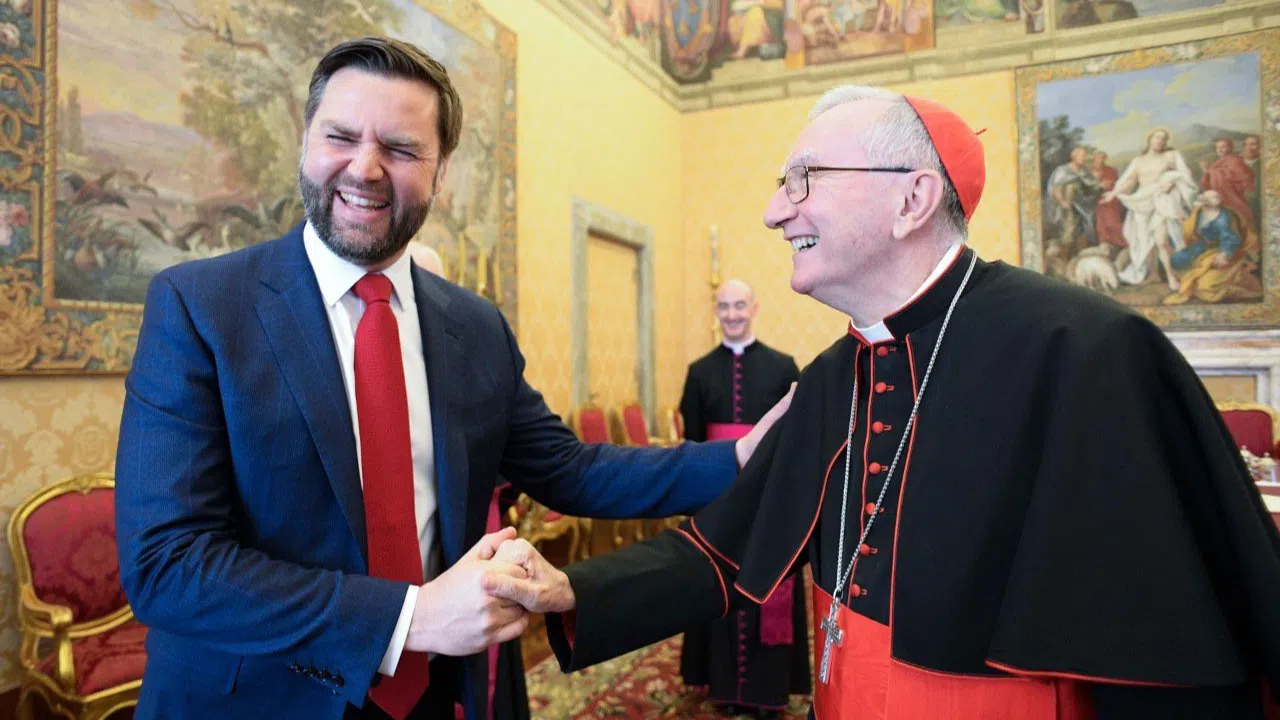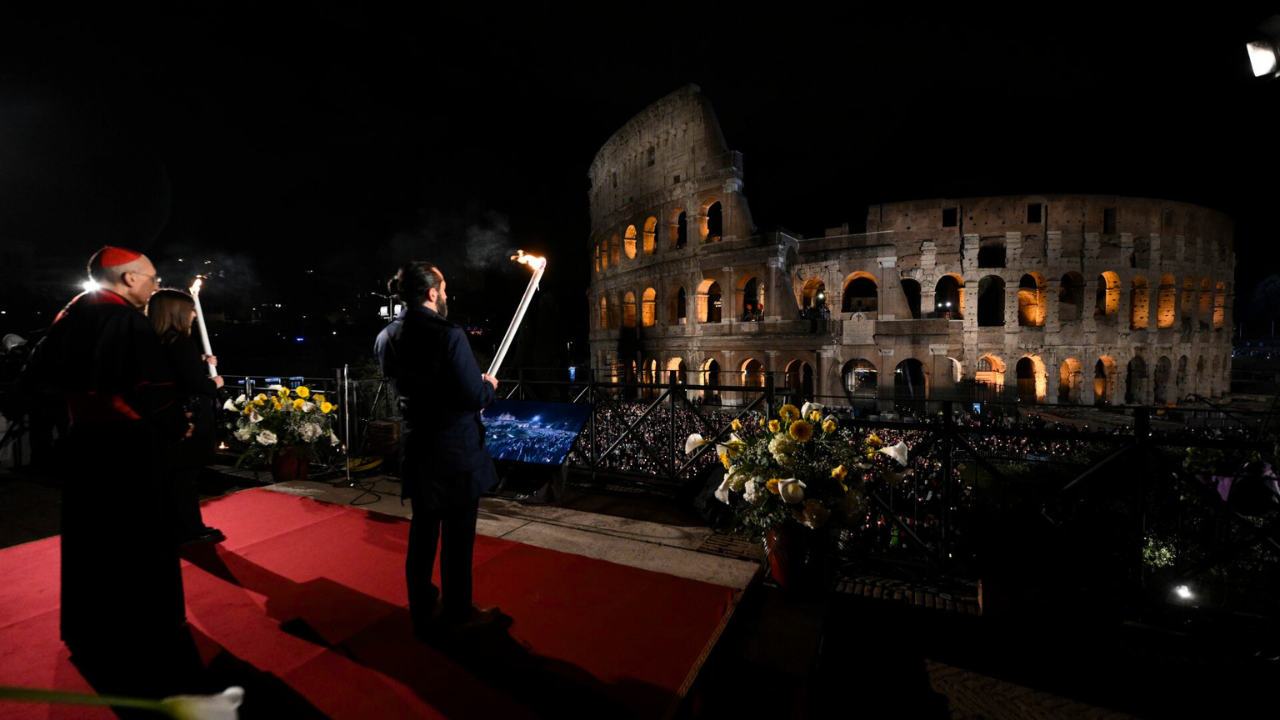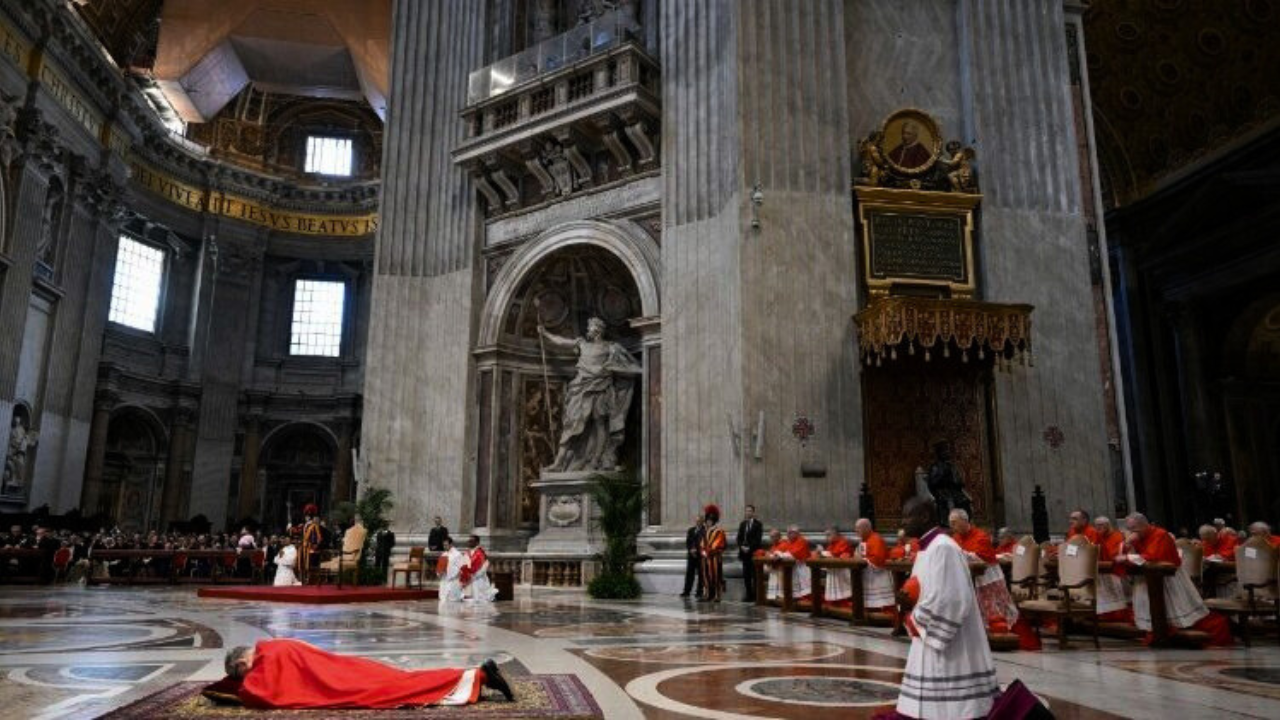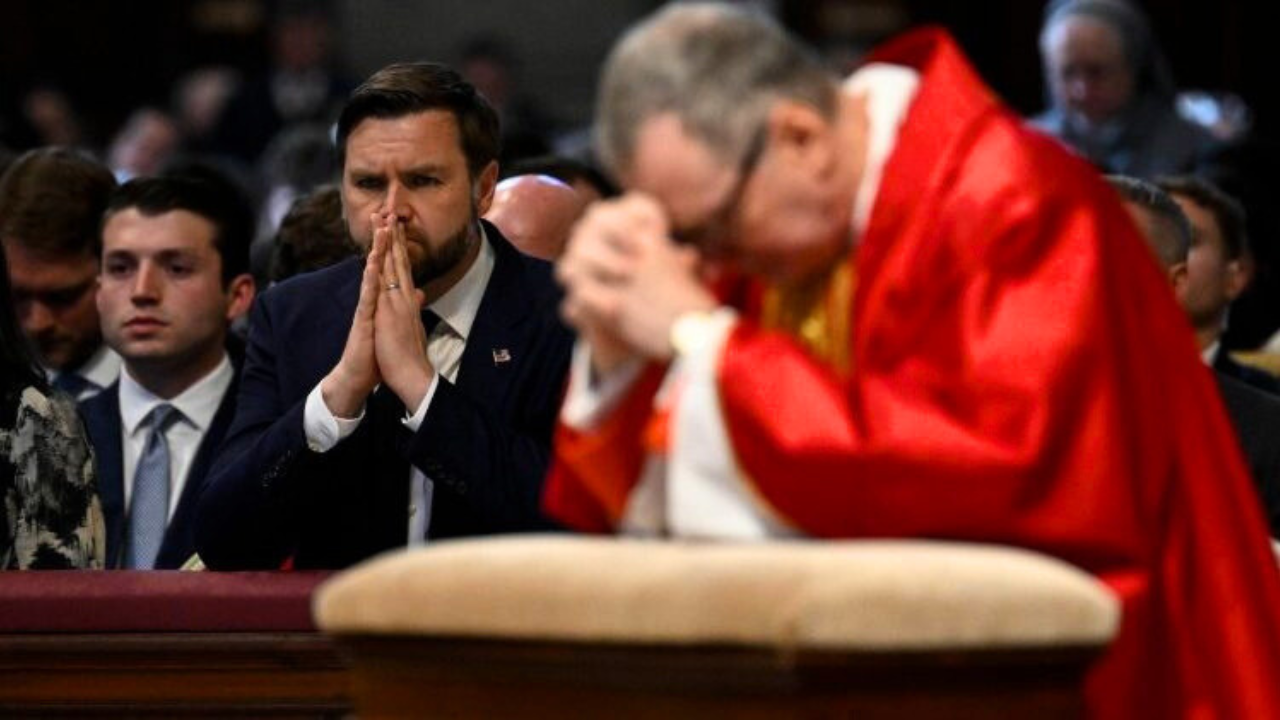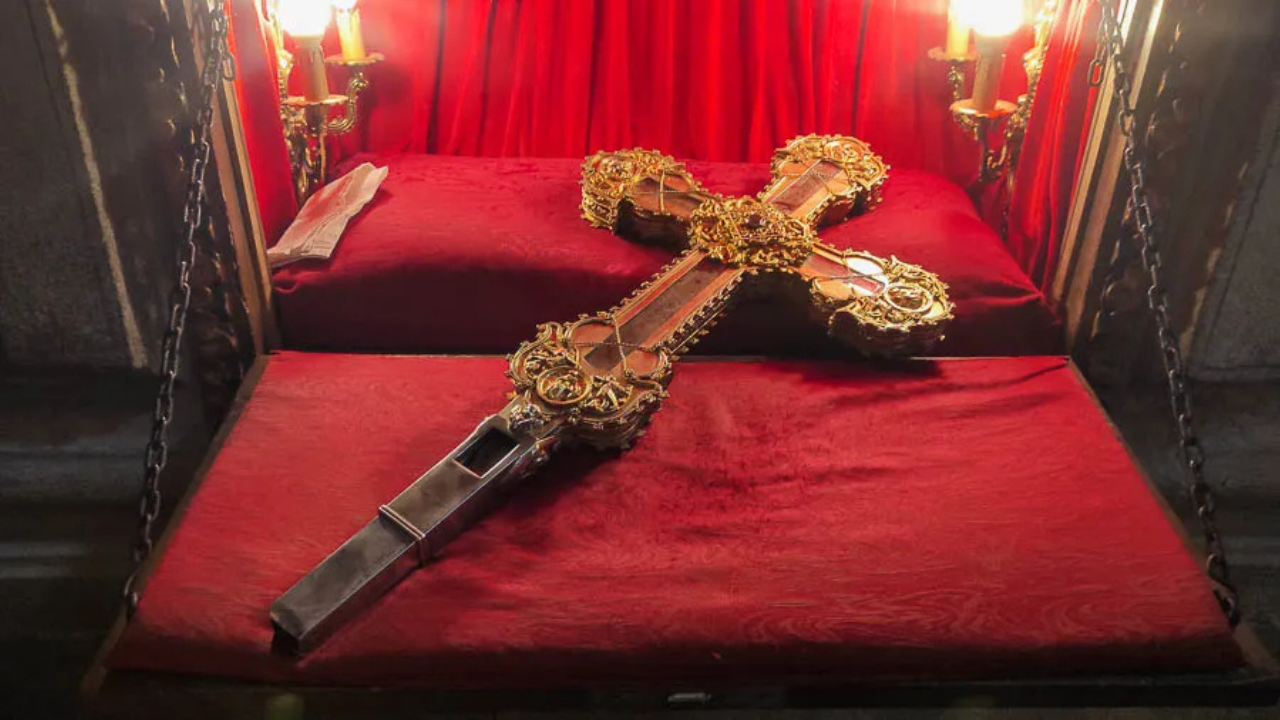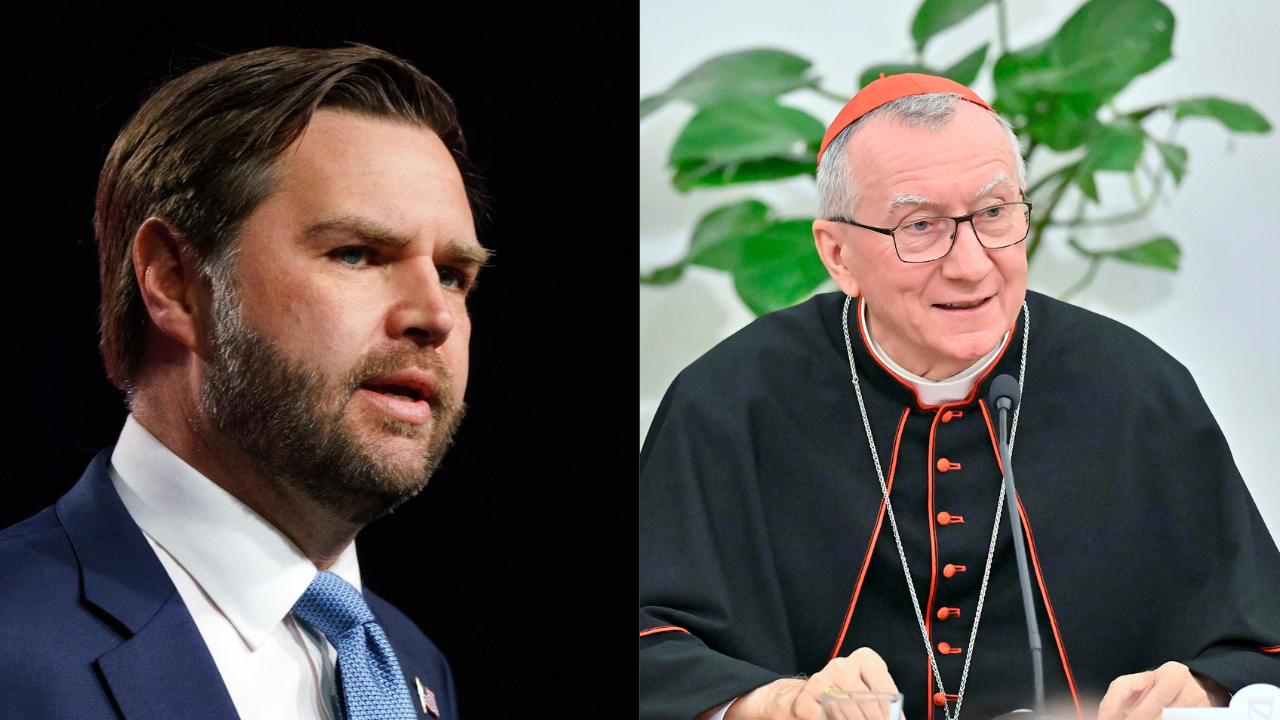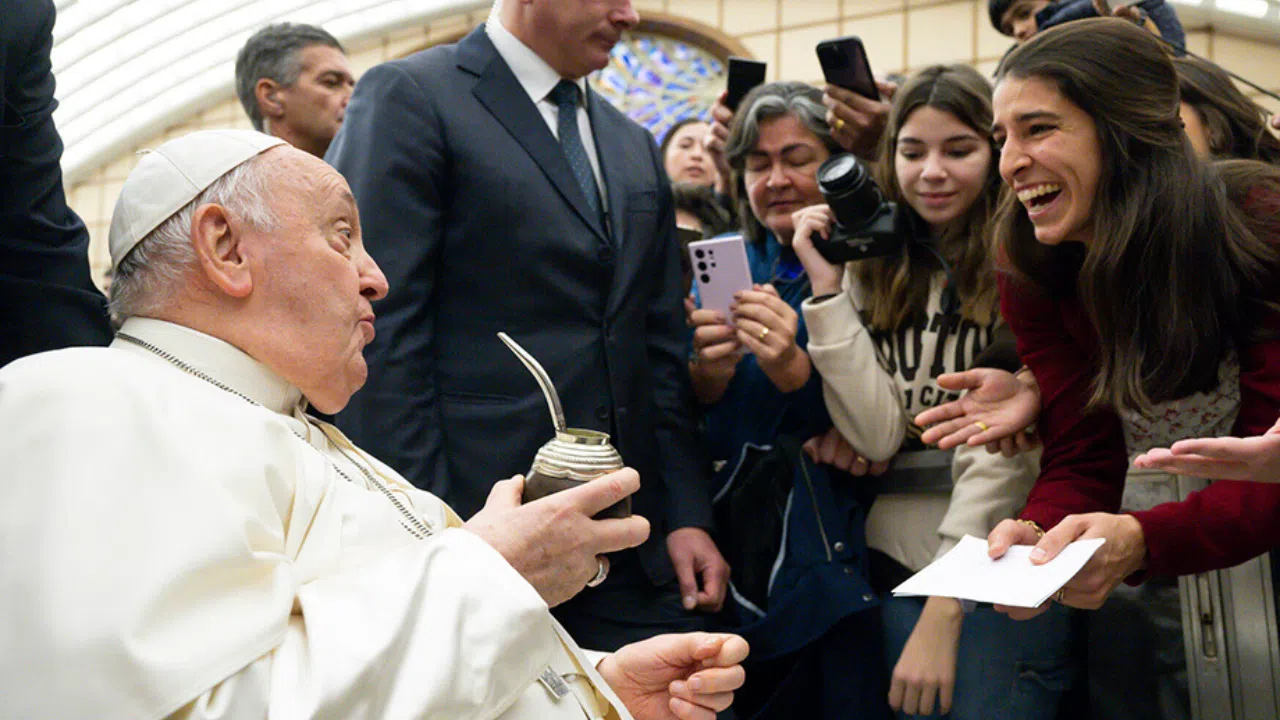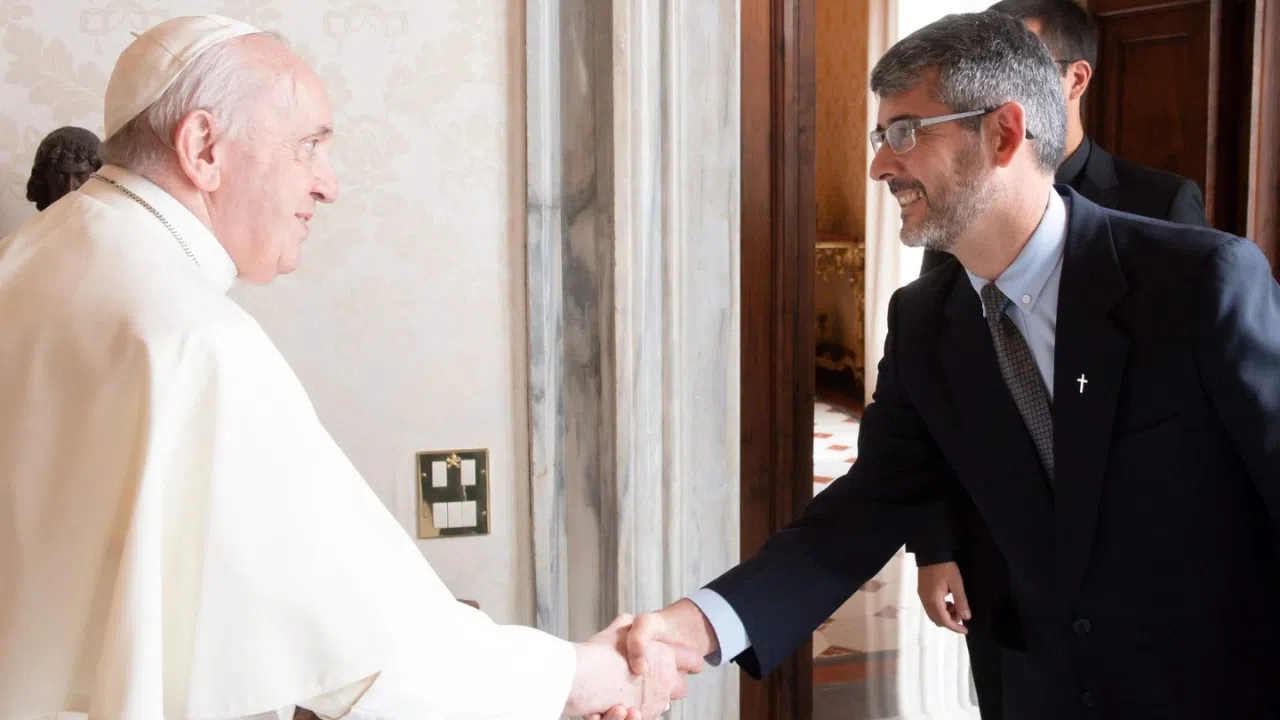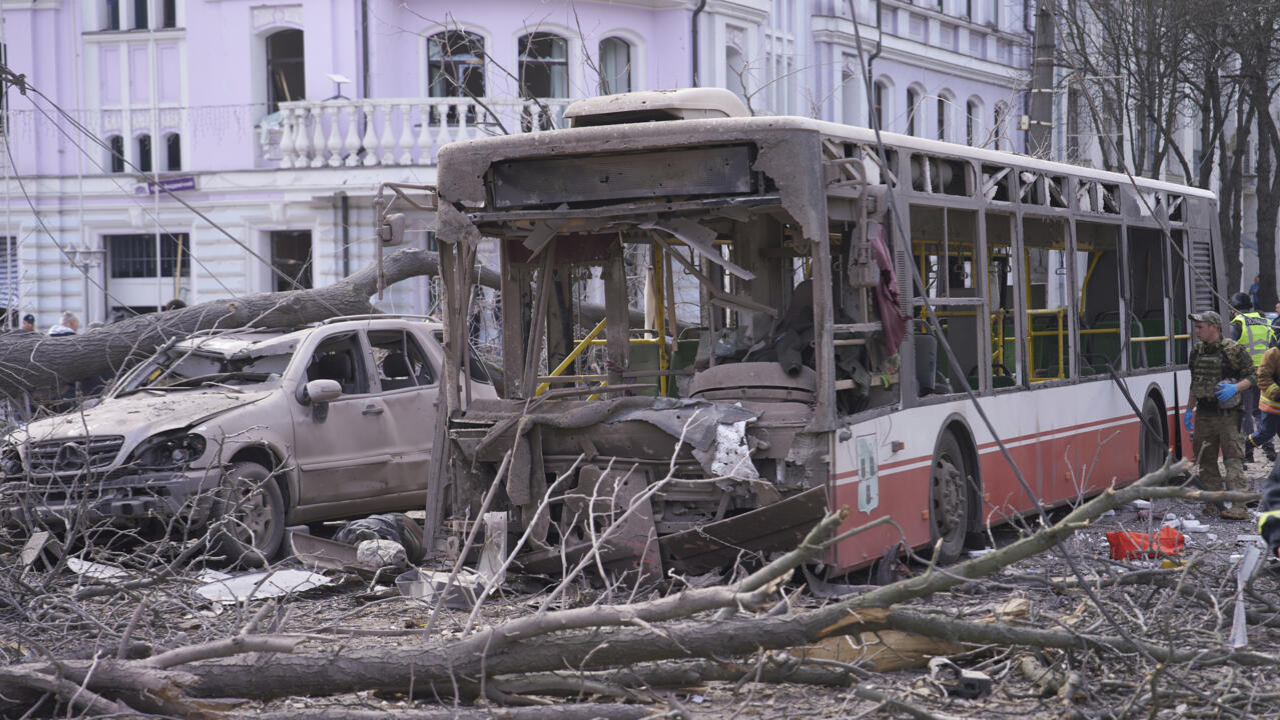The postulators of each cause have shared the reasons why they believe these professionals could become saints. The Pontifical University of the Holy Cross in Rome has organized a congress dedicated to reflecting on the legacy of five physicians whose causes for canonization are underway.
Among them is Jérôme Lejeune, the physician who in 1959 identified trisomy 21 as the cause of Down syndrome.
RÉMI BAZIN
Postulator of the Cause of Dr. Jérôme Lejeune
We cannot even imagine what our researcher might have felt when he realized that his discovery was going to be used to identify children with Down syndrome and prevent them from being born, instead of curing them. Jérôme Lejeune could not accept the fact that medicine aims to defeat the disease by eliminating the sick person. And since then, he has become the tireless defender of his little patients.
The Spanish physician José Gálvez Ginachero, known for his innovative vision of public health and for his charity, was also discussed.
SALVADOR AGUILERA LÓPEZ
Postulator of the cause of Dr. José Gálvez Ginachero.
As a faithful Christian, he was a Salesian Cooperator, he always helped the Salesian Home in Malaga. In 1916, he gave 50 beds for the boarding school and in 1918 a new printing press. He was named perpetual president of the Salesian Cooperators. Also, he founded the Ave Maria schools with donations of the land he owned. As we said, he had used his money for this. So he gave the land to build these schools for poor children.
Ernesto Cofiño, a Guatemalan physician and pioneer in pediatrics, was another outstanding candidate for his humanitarian work and exemplary faith.
SANTIAGO CALLEJO
Postulator of the cause of Dr. Ernesto Cofiño
Ernesto always acted with great professionalism, with dedication, and he from the beginning of his career promoted initiatives to get medical care to people without resources, especially children, even in the most rural areas of his country. He put his scientific expertise at the service of everyone, including those most in need. Indeed, he acquired considerable prestige. He was director of the Department of Pediatrics at Guatemala's largest hospital. In 1936 he performed the first blood transfusion to a child in Guatemala.
This congress served as a reminder that holiness is also within the reach of the laity. The postulators presented the doctors as an example of life and service.
JH
